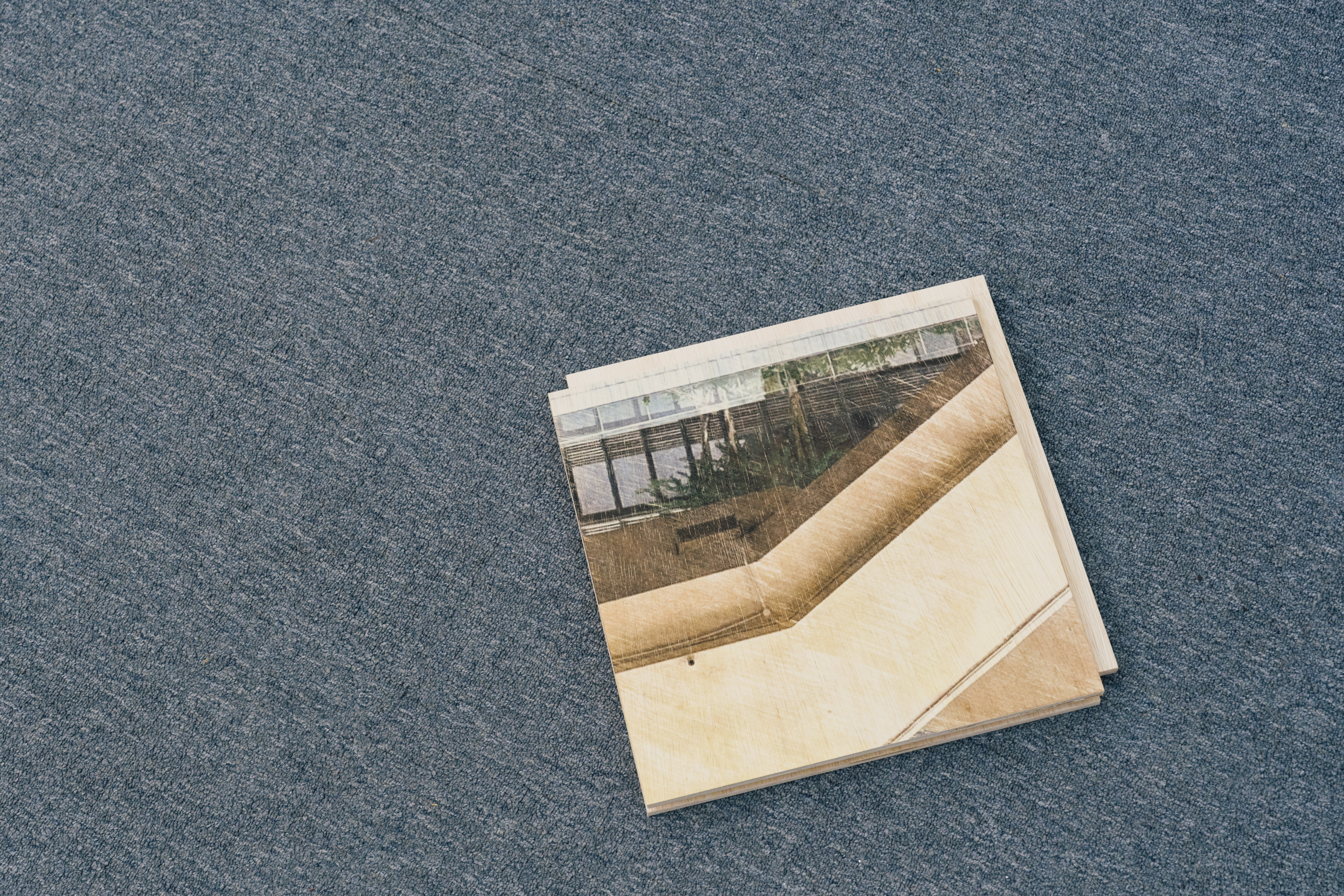


About The Artist
Harshita Agarwal (b. 2001) is a visual artist exploring the ever-changing relationship between humans and their geographic setting. With a deep interest in understanding how we situate ourselves in an environment, Harshita takes a mixed media approach to investigate the general human behaviour in a particular space and time. As a process based artist, the practice involves site based explorations where experiments with the materiality of the land complements the approaches taken such as mark-making, image-making, mapping, and weaving. Harshita's works are a collection of traces from a particular landscape where the traces gathered, becomes the living archives from that place.
She is a Graduate of Lasalle College of the Arts, Singapore. Her past work involves dealing with ecological concerns. She took Clementi Forest, an abandoned secondary forest as a subject to reflect upon the importance and the delicacy of the natural environment in Singapore. She was chosen as one of the artists, by Temenggong Artists-In-Residence for the Tiger Trail Campaign 2022 organised by WWF Singapore. She was awarded the Winston Oh Travelogue Award in 2022.
Peace By Piece
By Harshita Agarwal
Structure: Image- transfer (hand-print) on wood | Unique Piece | 130 cm x 130 cm
Book- Digtal Print on laminated paper | Unique Piece | 173 cm x 14.36 cm
Peace by Piece is a puzzle, like a building or a place undergoing the process of redevelopment, its ability to shift and transform represents the act of transition and assembling.
Given the ephemerality of Peace Centre, the work maps out an elaborative process of dissecting the space, incorporating the idea of a place as a concrete structure with transient value. It unfolds personal observations and presents them as living archive from the site.
The work responds to the nature of the space, to rethink its value in the current geographic setting, and time. The pictorial arrangement of the building follows the formation of tiles found in Peace Centre. Through a visual breakdown, a corner surface is re-composed into several pieces of tiles and given the shape of a sliding puzzle.
By Harshita Agarwal
Structure: Image- transfer (hand-print) on wood | Unique Piece | 130 cm x 130 cm
Book- Digtal Print on laminated paper | Unique Piece | 173 cm x 14.36 cm
Peace by Piece is a puzzle, like a building or a place undergoing the process of redevelopment, its ability to shift and transform represents the act of transition and assembling.
Given the ephemerality of Peace Centre, the work maps out an elaborative process of dissecting the space, incorporating the idea of a place as a concrete structure with transient value. It unfolds personal observations and presents them as living archive from the site.
The work responds to the nature of the space, to rethink its value in the current geographic setting, and time. The pictorial arrangement of the building follows the formation of tiles found in Peace Centre. Through a visual breakdown, a corner surface is re-composed into several pieces of tiles and given the shape of a sliding puzzle.